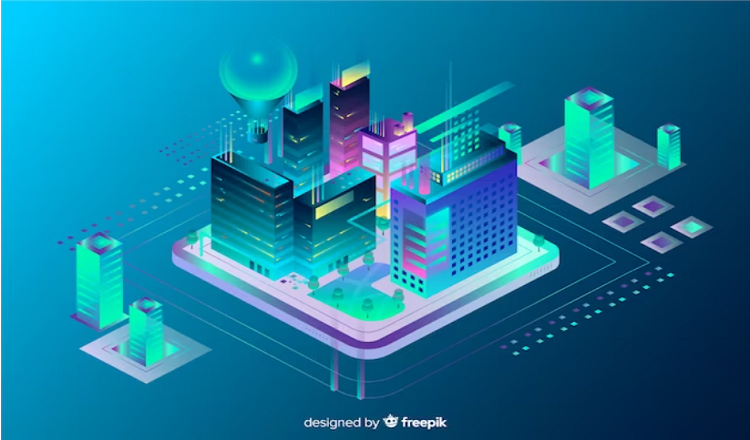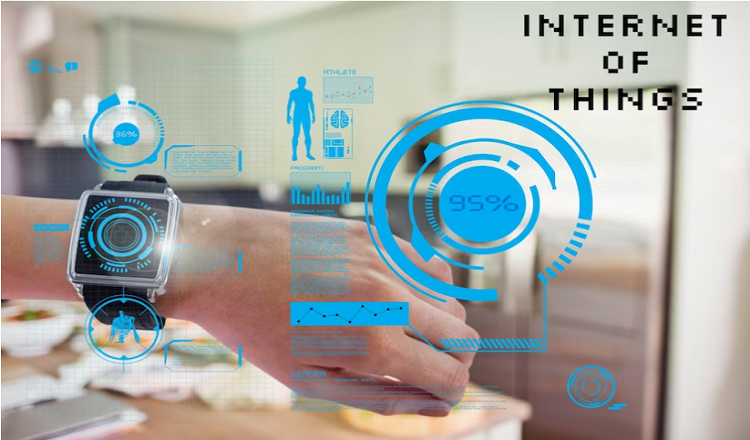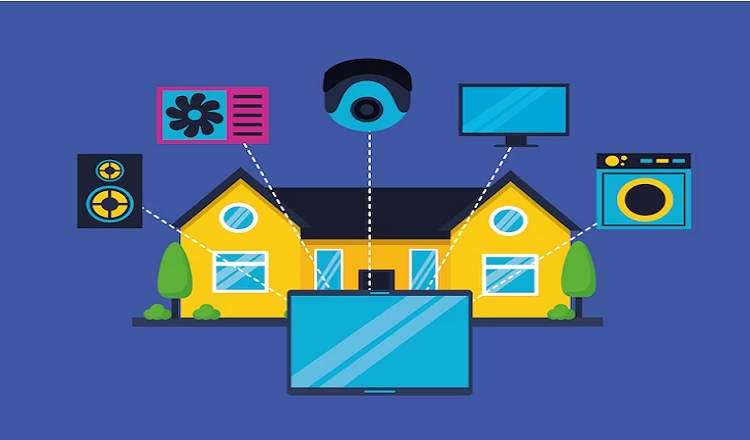Welcome to the exciting world of smart cities and urban infrastructure, where innovative technologies are revolutionizing the way we live, work and play. At the forefront of this transformation is the Internet of Things (IoT), a network of connected devices that collect and share data to enable smarter, more efficient and sustainable cities.
So, what is IoT and how does it relate to smart cities? Simply put, IoT refers to the interconnectedness of devices and objects that are embedded with sensors, software and other technology to exchange data over the internet. In the context of smart cities, this means using IoT to monitor and manage everything from traffic and transportation systems to energy grids and waste management. By doing so, cities can become more efficient, sustainable and responsive to the needs of their residents.
The importance of IoT in urban infrastructure cannot be overstated. With the world’s population becoming increasingly urbanized, cities face growing challenges in managing resources, providing services and ensuring quality of life for their citizens. IoT technology offers a solution to these challenges by providing real-time data and insights that enable better decision-making, planning and resource allocation. From reducing traffic congestion and air pollution to improving public safety and healthcare, the benefits of IoT in smart cities are endless. So join us on this journey as we explore the integration of IoT into smart cities and the exciting possibilities it brings.
How IoT is transforming urban infrastructure
IoT is transforming urban infrastructure in countless ways, from enabling more efficient traffic management to improving waste management and public safety. In cities around the world, IoT devices are being used to collect and analyze data on everything from traffic flow and parking patterns to waste levels and air quality. This data can be used to optimize resources, reduce waste, and improve the overall quality of life for citizens.
In the area of traffic management, IoT sensors can be used to monitor traffic flow, adjust traffic signals in real-time, and provide drivers with up-to-the-minute information on congestion and alternative routes. Similarly, in waste management, IoT devices can be used to track the levels of trash and recycling bins, optimize collection routes, and reduce the amount of waste that ends up in landfills. In public safety, IoT
Key components of a smart city
The main components of a smart city are the infrastructure, technologies, and services that work together to enable better living, working, and playing. These components include sensors that collect data from various sources, networks that transmit and share that data, data management systems that organize and analyze that data, and analytics tools that extract insights and inform decision-making.
These components work together in a seamless ecosystem to create a smart city. For example, sensors can be used to monitor everything from traffic flow and air quality to energy usage and waste levels. This data can then be transmitted through networks and stored in data management systems, where it can be analyzed to optimize resources and services. Analytics tools can extract insights from this data, which can then be used to inform decision-making and improve the quality of life for citizens. By integrating these components, a smart city can create a more efficient, sustainable, and responsive urban environment.
Challenges of implementing IoT in smart cities
While IoT technology offers immense benefits to cities, implementing it in smart cities also comes with its own set of challenges. One of the biggest challenges is the cost of implementing IoT infrastructure, which can be significant, especially for smaller cities. Additionally, cities face privacy concerns from citizens who are concerned about the collection and use of their personal data, as well as potential data security risks from cyber attacks.
To address these challenges, cities can explore potential solutions such as public-private partnerships to help fund IoT infrastructure projects, robust data privacy policies to ensure the protection of citizen data, and cybersecurity measures to mitigate the risk of data breaches. Additionally, cities can engage in open and transparent communication with citizens to build trust and ensure that they are aware of the benefits of IoT and how their data is being used. By addressing these challenges, cities can unlock the full potential of IoT and create smarter, more efficient and sustainable cities for all
Success stories of IoT in smart cities
There are many examples of cities that have successfully implemented IoT to create smarter, more efficient, and sustainable urban environments. One such example is Barcelona, which has implemented a network of sensors that collect real-time data on everything from air quality to noise levels, enabling the city to optimize resources and improve citizen well-being. Similarly, Singapore has implemented an extensive network of sensors that monitor everything from traffic flow to weather patterns, enabling the city to optimize its transportation systems and improve public safety.
In Amsterdam, the city has implemented an IoT-powered smart lighting system that adjusts the brightness and color of streetlights based on real-time data on pedestrian and vehicle traffic, creating a safer and more efficient environment for citizens. Overall, these cities have benefited from IoT by creating more efficient and sustainable urban environments, improving citizen well-being, and reducing costs for city governments. These success stories demonstrate the immense potential of IoT to transform urban infrastructure and improve quality of life for citizens
Future of IoT in smart cities
The future of IoT in smart cities is incredibly exciting, as technology continues to evolve and cities become more connected and intelligent. There is tremendous potential for IoT to continue transforming urban infrastructure by optimizing city services, improving citizen well-being, and reducing costs for city governments. In the years to come, we can expect to see cities increasingly use IoT-powered solutions to address challenges such as traffic congestion, air pollution, and waste management.
For example, IoT could enable cities to create dynamic traffic management systems that respond to real-time traffic data, reducing congestion and improving travel times for citizens. Additionally, IoT could be used to create more energy-efficient and sustainable buildings, reducing the carbon footprint of cities. Overall, the potential for IoT in smart cities is vast, and we can expect to see continued innovation and development in this field in the years to come.
Conclusion
In conclusion, the integration of IoT into smart cities and urban infrastructure has immense potential to transform the way cities operate and improve the quality of life for citizens. Through the use of sensors, networks, data management, and analytics, cities can optimize their services, reduce costs, and create more efficient, sustainable, and responsive urban environments.
The success stories of cities such as Barcelona, Singapore, and Amsterdam demonstrate the immense potential of IoT in transforming urban infrastructure. These cities have used IoT-powered solutions to create more efficient transportation systems, reduce pollution, and optimize resources, resulting in significant improvements in the quality of life for citizens.
Looking to the future, we can expect to see continued innovation and development in IoT-powered solutions for smart cities. The potential for IoT in creating more livable, efficient, and sustainable cities is vast, and its importance in improving urban infrastructure cannot be overstated.
In summary, the integration of IoT into smart cities is crucial to creating more efficient, sustainable, and responsive urban environments. The benefits of IoT in improving urban infrastructure are clear, and cities that embrace this technology will be well-positioned to meet the challenges of the future.




